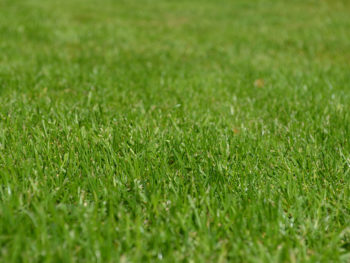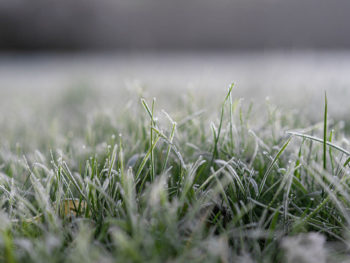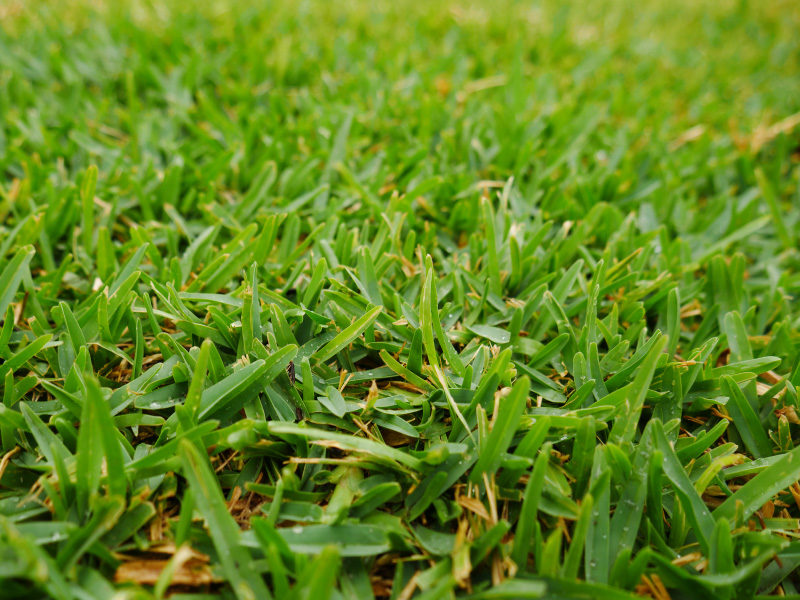Dandelions are cheerful and bright, and the seed heads can be fun for your kids – but they’re a nightmare for your lawn. These yellow-flowering weeds will take over given half a chance and ruin the smoothness of your lawn.
However, dandelions are a weak weed which can be easily controlled with a few simple strategies. The downside is that they will spread quickly and effectively if you’re not careful. The best time to get rid of those pesky dandelions is now – before the seed heads form and spread further throughout your lawn. Whether you’re comfortable with the use of chemicals or not, here are some strategies to help you win the battle for a dandelion-free lawn.
Recognising dandelions
We can all recognise dandelions when they are flowering or when the seed heads develop – and the childlike among us may even enjoy blowing on dandelions. And it’s not too hard to recognise the plant even when it’s not flowering. The dandelion plant comprises a round tuft of dark green, toothed leaves, topped by those spiky yellow flowers that morph into white puffball seed heads. The leaves are arranged in a rosette formation, and the plant also contains milky sap.
Why dandelions are a problem for your lawn
- They absorb much of the water that your grass needs to survive.
- They are very easily spread through seeds carried on the wind.
- The root system is deep and strong enough to resist many extermination methods, and often breaks off easily if you try to pull it out. If you don’t remove the whole root it will quickly regrow.
- Dandelions have a short germination period of 7 – 21 days, allowing them to infest your lawn in a very short time.
- They destroy the even and smooth look of your lawn.
- They are tough, persistent and competitive and can often grow where other plants can’t.
Get rid of dandelions using chemicals
Use a spot herbicide or a broad-leaved weed killer to effectively kill the dandelion plant. Choose a product specifically designed for use on dandelions, and make sure you follow the directions on the pack.
Get rid of dandelions without using chemicals
Pour boiling water over the dandelion leaves. This will burn the leaves and cause them to turn yellow and curl fairly quickly. The hot water will also burn the roots when it soaks into the soil, and the plant will die with damaged roots and without leaves to absorb nutrients. It’s a quick, easy and free solution, and you can apply it any time, even during rainy spells.
Salt is another great dandelion killer – but it can’t be used in your lawn as it will kill the grass as well. You can use salt to kill dandelions that appear in cracks in your driveway, underneath decks or any other area where grass doesn’t grow. Mix a cup of salt with a cup of water (boiling water if you want an added destructive effect) and pour it over the dandelion plant. It’s best to do this when no rain is forecast for at least two days, so that it won’t dilute your natural herbicide.
You can use vinegar in a similar manner to kill the dandelion weed – it works as an organic herbicide. Use household white vinegar mixed with equal parts of boiling water, or try pickling vinegar for a more powerful effect. Simply pour over the weeds, although as above, it’s best to wait for a period without rain. Bright sunny days helps the acid burn the dandelion’s leaves faster, so opt for a warm, sunny day. You can also use a weed wand or paintbrush to apply the vinegar to the plant, and this will help prevent vinegar from getting on the grass.
All of these methods should see the dandelion plant begin to wilt in around two days. If the weeds are stubborn, apply your chosen method every two days to finish them off.
Removing the dandelion plant by hand is a sure-fire way to get rid of these weeds without damaging the grass. You need to dig out the whole plant, including the tap root, before it goes to seed. The roots can grow up to 30cm deep, and any remains of the root left in the ground will quickly regenerate, so you need to make sure you get it all. It’s a labour-intensive task, especially if you have a large lawn. It may not be the best approach for a dandelion problem that’s completely out of hand, but if you’re just noticing a few plants popping up here and there, this is a great and effective solution.
If you do want to hand-remove dandelions from your entire lawn, the best way to approach it is to divide your lawn into sections and try and tackle just one section per day. Within a few weeks, your lawn should be dandelion-free. It’s easier to pull a plant from the ground when the soil is damp, so water the area first. Use a weeding knife to loosen the soil from around the roots, and make sure you pull out the entire taproot. Fill the hole with soil and runners from your already established turf grass.
If hand removal is not practical, or you’re waiting till you have time to do the job properly, ensure the plant doesn’t spread by de-heading the flowers and/or seed heads.
Get rid of dandelions using lawn maintenance strategies
Dandelions thrive on thin, weak grass, so a good way to prevent dandelions from ever showing their heads in your lawn is to make it an unattractive place for them to grow.
To start with, select a variety of turf that will outcompete the dandelions. A thick, weed-resistant turf grass such as Sir Walter Buffalo turf is a great choice as its dense, spreading growth habit can easily outcompete most weeds.
Mow regularly – and mow high to keep your grass on the longer side. Weed seeds need the heat of the sun to flourish on the soil surface, so longer grass keeps the soil cooler and provides shade the restricts weed growth. Cutting your grass too low just provides an ideal environment for weeds to flourish. As well, if your lawn is already full of dandelions, mowing regularly will mean that seed heads can’t form as the topmost growth of the plant keeps getting cut off. It won’t remove dandelions from your lawn, but mowing this way will help keep them in check.
Water infrequently and deeply. Dandelion seeds waiting to emerge will grow best with light and frequent watering, so don’t give them the conditions they thrive on. Deep, infrequent watering will let the roots of your grass take hold and grow strong and healthy, and thus outcompete weeds more easily.
Fertilising at the right time is also important, as is using the right amount of fertiliser. Too much fertiliser will encourage the weeds to grow, while too little will not provide enough food for your grass to grow strong and outcompete the weeds. If dandelions are a problem, avoid fertilising your lawn in the heat of summer, as this will only promote greater weed-growth. Stick to fertilising in early spring and mid-autumn.
Read more about lawn fertilisation here.
Dandelions thrive in soil with low pH and calcium levels and high potassium levels, so have your soil tested to determine if it’s a good home for dandelions. If so, add calcium and lime to improve the soil.
Getting dandelions under control without chemicals will take patience and time, but if you stick with it you will see excellent results.
For more on how to control other types of summer weeds, click here.
If clover is also a problem in your lawn, find out how to get rid of it here.





 Seven lawn fertilisation mistakes to avoid
Seven lawn fertilisation mistakes to avoid
